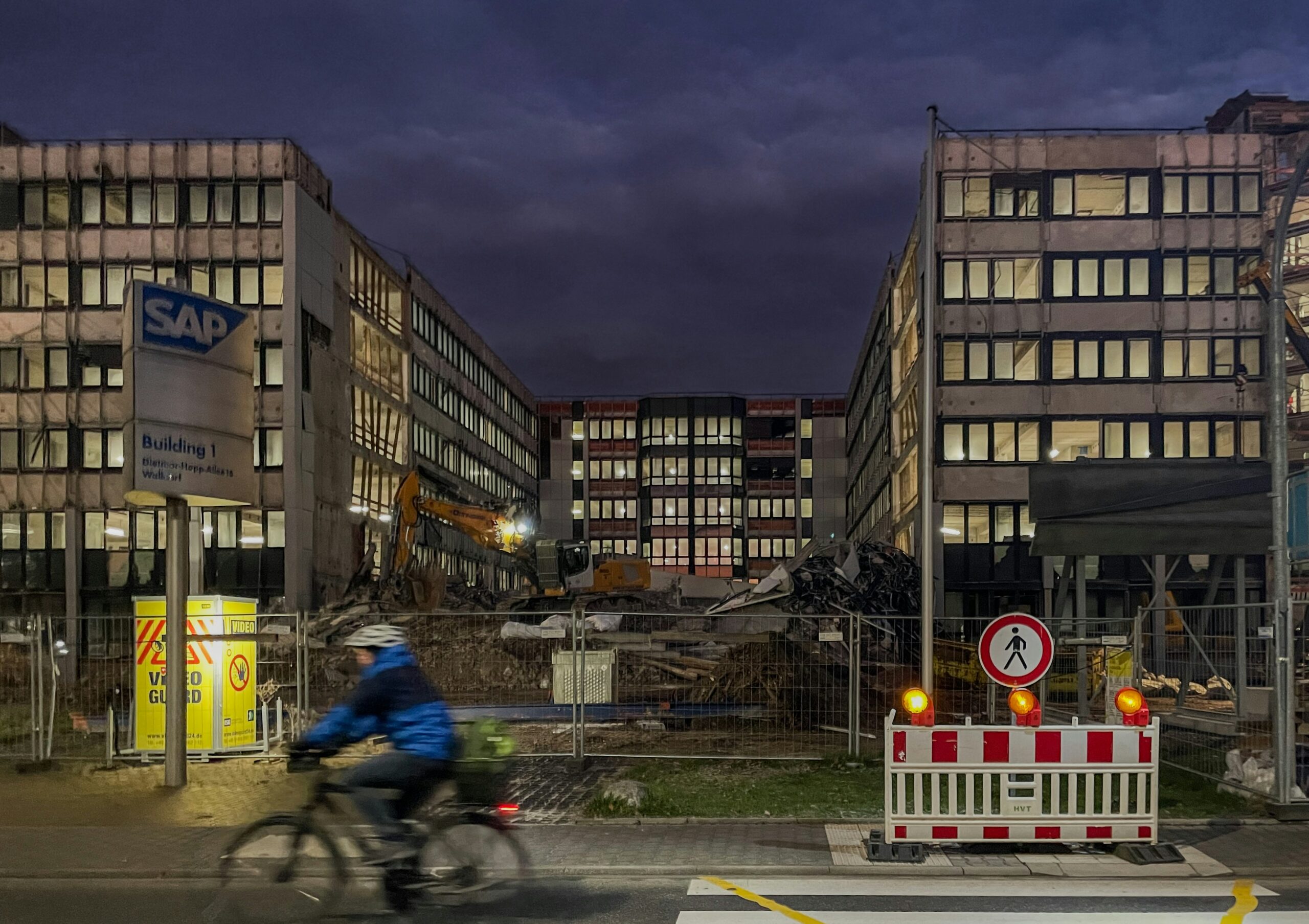Is Space Debris Dangerous?
Space debris, also known as space junk, refers to the man-made objects that orbit around the Earth but no longer serve any useful purpose. This debris can range from defunct satellites and spent rocket stages to fragments resulting from collisions or explosions. Over the years, the accumulation of space debris has become a growing concern for scientists and space agencies worldwide.
How Does Space Debris Fall to Earth?
Space debris can fall to Earth due to various factors, including atmospheric drag and gravitational forces. When objects orbiting the Earth experience a decrease in altitude, they encounter increasing atmospheric resistance. This resistance causes the objects to slow down, lose momentum, and eventually fall towards the Earth’s surface.
However, it’s important to note that not all space debris falls to Earth. Many smaller objects burn up in the Earth’s atmosphere before reaching the surface, resulting in spectacular meteor showers.
The Danger Posed by Space Debris
While the majority of space debris burns up during re-entry, larger and denser objects can survive the intense heat and reach the Earth’s surface. These objects pose a potential danger to both human life and infrastructure.
Space debris travels at incredibly high speeds, often exceeding 17,500 miles per hour (28,000 kilometers per hour). At such velocities, even small fragments can cause significant damage upon impact. Collisions with space debris can potentially damage or destroy satellites, spacecraft, and even the International Space Station (ISS).
Furthermore, the risk of space debris collisions extends beyond the confines of space. In the event that debris falls into populated areas, it can pose a threat to human safety and property. While the probability of being directly hit by space debris is low, the potential consequences are severe enough to warrant concern.
Efforts to Mitigate Space Debris
Recognizing the risks associated with space debris, space agencies and organizations have taken steps to mitigate its creation and impact. These efforts include:
- Deorbiting: Satellites and spacecraft are designed with plans for controlled re-entry or deorbiting once they reach the end of their operational life. This helps ensure that they do not contribute to the growing space debris problem.
- Space Traffic Management: International collaboration is essential for tracking and monitoring space debris. Space agencies and organizations work together to share data and develop strategies to avoid potential collisions.
- Clean-up Missions: There are ongoing discussions and research regarding the development of technologies and missions aimed at actively removing space debris from orbit. These initiatives could help reduce the risks associated with existing debris.
Conclusion
While space debris does pose a potential danger to humans and infrastructure, significant efforts are being made to address the issue. By implementing measures to mitigate the creation of new debris and developing technologies to remove existing debris, scientists and space agencies are working towards a safer and more sustainable space environment. Continued research and international collaboration will be crucial in ensuring the long-term viability of space exploration and satellite operations.

